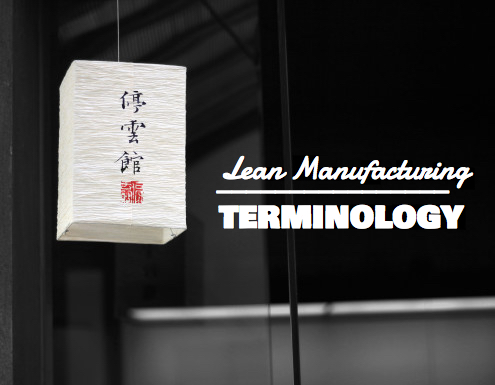 Roles & Responsibilities of a Process Management Functional Team
Roles & Responsibilities of a Process Management Functional Team
In this article we will take a look at the various roles and responsibilities that make up a process management functional team.
Process Owner
The Process Owner is the individual that is responsible for the process in question. This is the person that manages the process and needs to find a solution to any problems that arise. This does not mean that they have to fix the problem on their own however. Often they will pull together a cross functional team to perform PDCA and improve the process management.
Team Members
Team members are the operators that perform the standard work elements of the process day in, day out. They truly are the experts at how the process works. They may work on an assembly line or machining cell for example. They could be a fabricator or a painter. These are the people that perform the value adding activities for the customer. The role of a process management functional team is to support the team members in adding value, by removing the waste.
Team Leader
A team leader is a member of the team that has experience in all aspects of the process. Their role is not to perform the process itself, but rather to support those performing the work. The team leader is the first responder when an andon is triggered. Their role is to resolve the issue with the operator and support them while they catch up. In more critical situations they may need to stop the process until a countermeasure is in place.
Supervisor
The supervisor is the first level of management. The team leaders report to the supervisor. The role of the supervisor therefore is to support the team leaders, making sure they are able to perform their roles effectively and to remove obstacles where necessary.
Support Services
Depending on the problem that arises in the process, there may be various other support groups that are required as part of the functional team.
Maintenance
If there are machines or equipment involved in the process, it may be necessary to get maintenance personnel involved in the team. The maintenance team will have extensive knowledge of the machines and why they can breakdown. They will be especially useful for any projects that involve TPM, SMED or QCO and OEE improvements.
Health & Safety
Ergonomics is an important consideration for many industrial type activities. This is the science of fitting the job to the worker. This is important to ensure that the team members are not getting injured or fatigued.
Quality
Quality inspectors or engineers can be a valuable asset when trying to eliminate the waste of defects. They will have a good understanding of the process and be able to identify sources of errors and potential ways to prevent them recurring.
IT
In some instances, especially for transactional based processes and office work, it can be beneficial to have a representative from IT on the team. They can help identify where systems can be used to speed up or automate a process.
Accounting
Having an accountant on the team is especially helpful for justifying the project up front if there is expenditure involved, and also capturing the benefits from a financial perspective.
Design Engineering
It may help to have a design engineer involved in the process team too. Sometimes a team can get hung up on trying to fix a process or eliminate a defect when a simple design change would be easier to implement and more robust anyway.
Manufacturing Engineering
Manufacturing Engineers are responsible for transforming the design of a product into a process capable of making it in the right quantity, at the right time, cost effectively and without any defects. It can be a difficult task, so it’s important that they are represented on a functional team for process improvements.
Material Planners
Material planners are responsible for getting the right material to the point of use in the correct quantities at the right time. Some of the biggest wastes in industrial processes come from not having a flow of production. Material planners need to be involved to understand the process and how they can support it.
Photo credit: cc Nasa Goddard

 Roles & Responsibilities of a Process Management Functional Team
Roles & Responsibilities of a Process Management Functional Team







